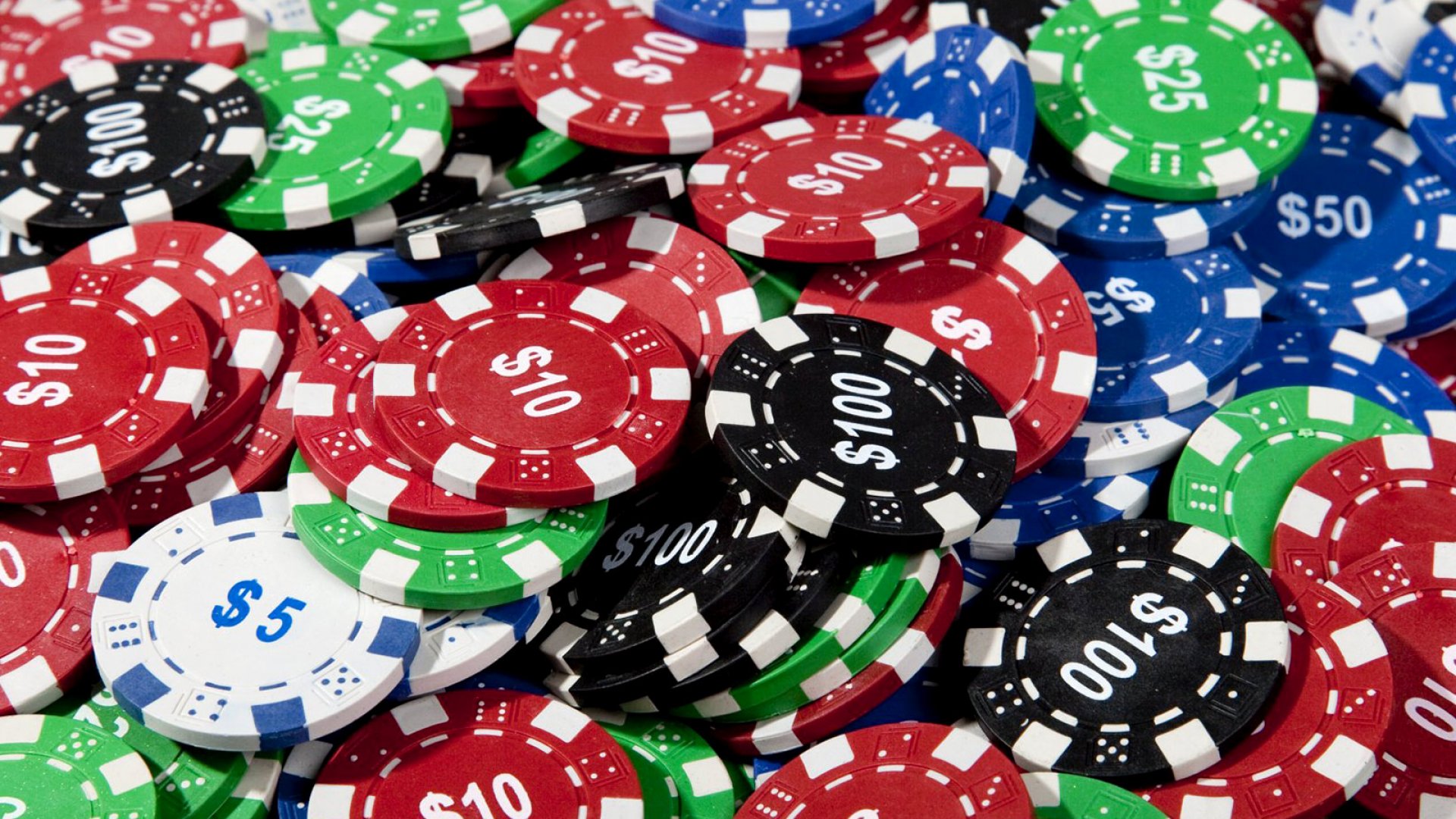
Poker is a card game in which players place bets and raise each other’s hands. The highest hand wins the pot. Players can also bluff, making the pot larger by betting they have a superior hand while the other players call the bet and concede. There are many different variations of poker, but they all share the same basic rules.
The basic game is played with a standard 52-card deck. A hand consists of five cards. The value of a hand is in inverse proportion to its mathematical frequency, which means that the more unusual the combination of cards, the higher the hand rank.
A player can win the entire pot by having one of three kinds of poker hands: a straight, a flush, or a full house. The winner of each type of poker hand collects a unit of wagering from each losing opponent.
Getting better at poker requires practice and observation. Practice playing in different environments and watch experienced players to learn how to read situations. The more you play, the faster and better you will get. However, remember that a strategy that works for someone else might not work for you. It’s important to develop instincts instead of trying to memorize complicated systems.
You can also improve your poker strategy by learning about different rules and game variations. For example, you may want to learn the rules of No Limit Texas Hold’em, which is considered the most popular form of the game. You can even find a free online version of the game to test your skills.
Another important consideration is position. If you are in late position, it is more profitable to play a wider range of hands than if you were in early position. The reason is that you can control the pot on later betting streets, such as the turn and river. This is because you will be able to see more of your opponents’ cards than they will.
Finally, it’s important to be aware of the unwritten rules of poker etiquette. For example, it’s not appropriate to reveal your hole cards, discuss your strategy with other players, or talk about your winnings. This will make the experience more enjoyable for everyone.
Now that you know a little more about poker, it’s time to try your luck at the tables! With so many variations of the game, there’s sure to be a poker table that’s right for you. Just be sure to keep these tips in mind and you’ll be well on your way to becoming a better poker player! Good luck!